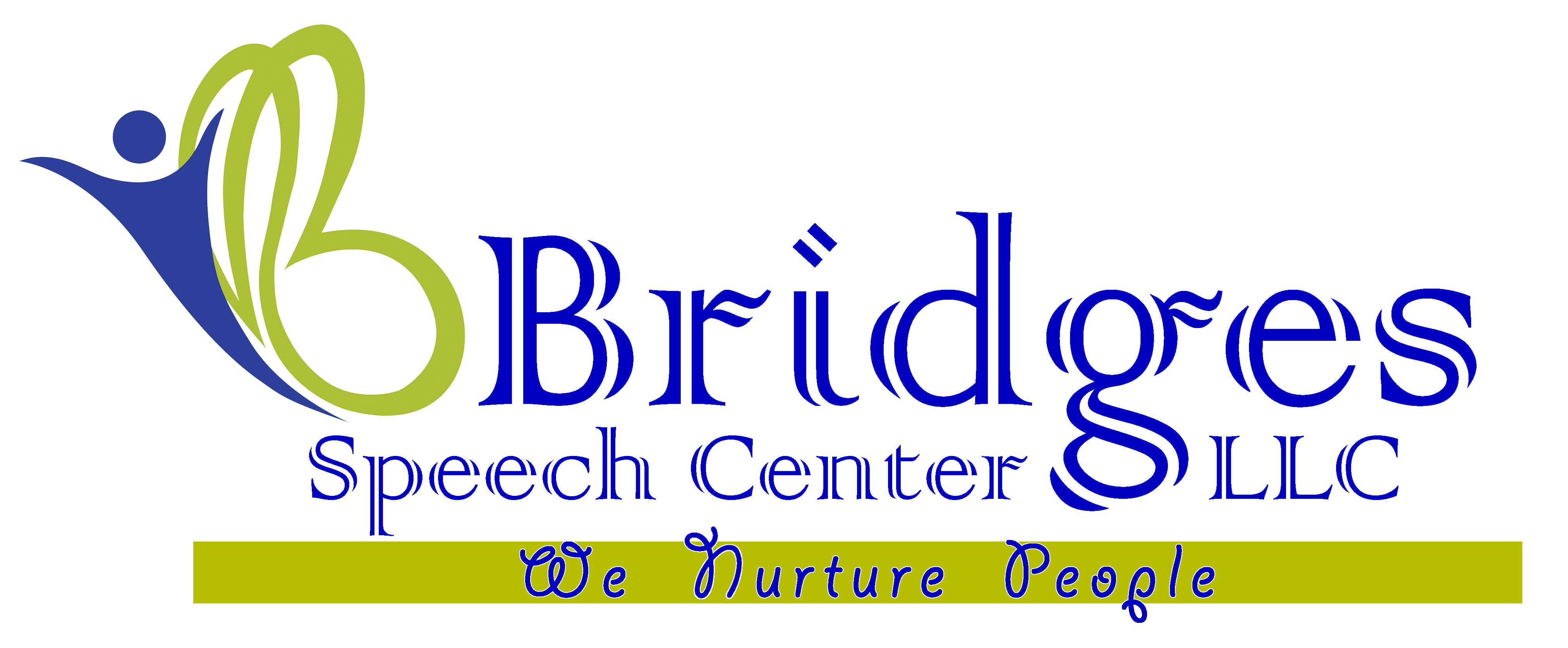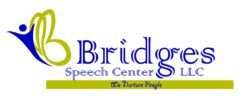- About Us
- Our Services
- Speech Therapy
- Speech and Language Therapies for Adults in Dubai
- Speech and Language Therapies for Children in Dubai
- Accent therapy
- Augmentative Alternative Communication (AAC) Therapy
- Articulation Speech Therapy
- Auditory Processing therapy/ Auditory verbal therapy
- Language Intervention: Speech Delay therapy
- Oral Motor Therapy
- Play Based therapy
- PROMPT/DTTC/RePT for Childhood Apraxia of Speech
- Social communication/Pragmatic language therapy
- Stuttering / Stammering therapy Program
- Spellography Program for Dyslexia
- Voice Therapy
- Home Care Services
- Feeding Therapy
- Physiotherapy
- Pediatric and Geriatric Physiotherapy
- Fall Prevention Programs for the Elderly
- Developmental Delay Treatment for Children
- Cerebral Palsy Management for Children
- Pediatric Orthopedic Conditions
- Osteoporosis Management for the Elderly
- Sports Injuries in Children
- Mobility and Balance Training for Elderly
- Joint Pain Treatment (Knee, Shoulder, Hip)
- Age-Specific Exercise Programs
- Coordination and Balance Exercises
- Orthopedic Physiotherapy
- Neurological Physiotherapy
- Sports Physiotherapy
- Cardiopulmonary Physiotherapy
- Women’s Health Physiotherapy
- Manual Therapy
- Therapeutic Exercise
- Pain Management
- Electrotherapy
- Hydrotherapy
- Ergonomic Consultation
- Tele-Physiotherapy Services
- Pediatric and Geriatric Physiotherapy
- Occupational Therapy
- Sensory Integration
- Clinical Psychology & Psychotherapy
- Cognitive Behavioral Therapy(CBT)
- ABA /Behavior Therapy
- Bridge Learning Program
- Group therapy
- Summer/Winter Program
- Telehealth Services
- Training Program/CEU
- Internship/ Observership
- Dynamic Movement Intervention (DMI)
- Cuevas Medak Exercise (CME)
- Speech Therapy
- Super Team
- Collaboration
- Training Course
- News/Blogs
- About Us
- Our Services
- Speech Therapy
- Speech and Language Therapies for Adults in Dubai
- Speech and Language Therapies for Children in Dubai
- Accent therapy
- Augmentative Alternative Communication (AAC) Therapy
- Articulation Speech Therapy
- Auditory Processing therapy/ Auditory verbal therapy
- Language Intervention: Speech Delay therapy
- Oral Motor Therapy
- Play Based therapy
- PROMPT/DTTC/RePT for Childhood Apraxia of Speech
- Social communication/Pragmatic language therapy
- Stuttering / Stammering therapy Program
- Spellography Program for Dyslexia
- Voice Therapy
- Home Care Services
- Feeding Therapy
- Physiotherapy
- Pediatric and Geriatric Physiotherapy
- Fall Prevention Programs for the Elderly
- Developmental Delay Treatment for Children
- Cerebral Palsy Management for Children
- Pediatric Orthopedic Conditions
- Osteoporosis Management for the Elderly
- Sports Injuries in Children
- Mobility and Balance Training for Elderly
- Joint Pain Treatment (Knee, Shoulder, Hip)
- Age-Specific Exercise Programs
- Coordination and Balance Exercises
- Orthopedic Physiotherapy
- Neurological Physiotherapy
- Sports Physiotherapy
- Cardiopulmonary Physiotherapy
- Women’s Health Physiotherapy
- Manual Therapy
- Therapeutic Exercise
- Pain Management
- Electrotherapy
- Hydrotherapy
- Ergonomic Consultation
- Tele-Physiotherapy Services
- Pediatric and Geriatric Physiotherapy
- Occupational Therapy
- Sensory Integration
- Clinical Psychology & Psychotherapy
- Cognitive Behavioral Therapy(CBT)
- ABA /Behavior Therapy
- Bridge Learning Program
- Group therapy
- Summer/Winter Program
- Telehealth Services
- Training Program/CEU
- Internship/ Observership
- Dynamic Movement Intervention (DMI)
- Cuevas Medak Exercise (CME)
- Speech Therapy
- Super Team
- Collaboration
- Training Course
- News/Blogs
Table of Contents
ToggleSwallowing Therapy Treatment in Dubai
- Home
- Our Services
- Swallowing Therapy
Swallowing Therapy
Swallowing therapy, also known as dysphagia therapy, is a specialized intervention aimed at addressing difficulties in swallowing. Dysphagia can result from various factors such as neurological conditions, stroke, aging, head and neck cancer, or structural abnormalities. Swallowing therapy seeks to improve the safety and efficiency of swallowing to ensure individuals can consume food and liquids without the risk of aspiration (when substances enter the airway) and related health complications. Here’s a detailed explanation of the key components of swallowing therapy:
1. Assessment
- Comprehensive Evaluation: The therapy begins with a thorough assessment by a speech-language pathologist (SLP) or dysphagia specialist. This evaluation involves:
- Clinical Swallow Examination: Observing the individual’s swallowing ability through various tasks.
- Instrumental Assessment: Using tools like video fluoroscopic swallow study (VFSS) or fiberoptic endoscopic evaluation of swallowing (FEES) to get a detailed view of the swallowing process.
2. Individualized Treatment
- Personalized Plans: Treatment is tailored to the specific swallowing difficulties of each individual. Based on the assessment findings, the therapy plan is customized to target the identified issues.
3. Oral Motor Exercises
- Muscle Strength and Coordination: Exercises are designed to strengthen and improve the coordination of muscles involved in chewing and swallowing. These exercises might include:
- Tongue exercises: To improve tongue strength and mobility.
- Lip exercises: To enhance lip closure and strength.
- Jaw exercises: To increase jaw mobility and strength.
4. Posture and Positioning
- Optimal Swallowing Postures: Specific postures and head positions are taught to optimize swallowing function and reduce aspiration risk. Techniques might include:
- Chin Tuck: Lowering the chin towards the chest while swallowing to protect the airway.
- Head Turn: Turning the head to one side to direct the bolus down the stronger side of the throat.
5. Texture Modifications
- Food and Liquid Adjustments: Modifying the texture and consistency of food and liquids to make swallowing safer. This could involve:
- Thickening Liquids: Using commercial thickeners to adjust liquid consistency.
- Modifying Solids: Altering food textures to be softer or more easily chewed.
6. Swallowing Maneuvers
- Techniques to Protect the Airway: Specific techniques are taught to enhance swallowing safety. These may include:
- Supraglottic Swallow: Holding breath before swallowing and coughing after swallowing to clear any residual material.
- Effortful Swallow: Swallowing hard to engage more muscles and clear the throat more effectively.
7. Breathing-Swallow Synchronization
- Coordinating Breathing and Swallowing: Emphasizing the synchronization of breathing and swallowing to prevent choking and aspiration. Training might involve:
- Timed Breathing Exercises: Practicing timing breathing with swallowing phases.
8. Tongue and Lip Control
- Enhancing Oral Phase Swallowing: Exercises to improve control of the tongue and lips can significantly aid in the oral phase of swallowing.
9. Compensatory Strategies
- Enhancing Swallowing Safety: Strategies are taught to make swallowing safer and more efficient. These might include:
- Smaller Bites: Taking smaller bites to manage swallowing more effectively.
- Alternating Consistencies: Alternating between solids and liquids to help clear the throat.
10. Therapeutic Feeding
- Supervised Swallowing Practice: For severe dysphagia cases, therapy might involve supervised feeding to reintroduce safe swallowing techniques gradually.
11. Exercises for Sensation
- Improving Sensory Awareness: Sensory exercises are provided for individuals with reduced sensation in the mouth or throat to help them better detect food and liquids.
12. Diet Modifications
- Specific Dietary Recommendations: Therapy may include recommending specific diets or dietary restrictions to match the individual’s swallowing abilities and ensure safety.
13. Biofeedback
- Real-Time Feedback: Using biofeedback techniques to give individuals real-time information about their swallowing function, helping them to adjust and improve their techniques.
14. Progress Monitoring
- Regular Reassessment: Continuous assessment and tracking of progress to adjust therapy goals and techniques as the individual’s swallowing function improves.
Summary
Swallowing therapy not only focuses on enhancing the safety and efficiency of swallowing but also aims to improve an individual’s overall quality of life by enabling them to enjoy meals and maintain proper nutrition. By addressing swallowing difficulties, individuals reduce the risk of aspiration-related complications, maintain their independence, and enjoy the pleasures of eating and drinking. Through a combination of targeted exercises, compensatory strategies, and continuous support, swallowing therapy provides a comprehensive approach to managing and improving dysphagia.
Make Appointment
Testimonials
What Parents Say
Send us an email if you wish to talk to any of them. For more reviews, please go to Google reviews.

My experience with bridges speech centre has been great. My child is attending OT in the center and we are happy and proud with the progress Mrs. Richa has made. The therapists are very supportive and knowledgable in selecting techniques to suit with our child's requirements . Their monthly review and evaluation is remarkable. I highly recommend bridges speech centre to anyone looking for an affordable and professional therapy for their child....

We were asked to consult a speech therapist for my son. As parents we were quite skeptical about this whole process. However, once my son started attending Dr Rupali’s sessions we noticed a drastic improvement in his speech. He used to speak only a few words but within the 1st four sessions he started speaking up-to 5 words sentences. I also learnt to manage my child’s emotions better with Dr Rupali’s guidance. She is very cooperative and patiently answer all questions.

We took our 21 month old daughter to Bridges speech center following her cleft palate surgery as she needed Speech therapy. Ms.Rupali was recommended to us by both our Pediatrician and ENT specialist. The staff at Bridges are qualified, warm and friendly. My daughter loved to attend the speech therapy sessions. Through various techniques and simulations provided during these sessions, I can see considerable improvement in my daughter's speech. Lastly I would say, no child is same, as parents we need to be patient and trust the process.

Rupali was excellent. In just couple of sessions she helped my child overcome difficulty in pronouncing ch and sh sound. Thanks very much.Highly recommend for children who will need assistance in speech therapy.
Blog & Article
Our Latest Blog & Articles
How Cognitive Behavioral Therapy Exercises Help Build Healthier Thinking Patterns
Feeding Therapy: How Cognitive Behavioral Therapy Exercises Help Build Healthier Thinking Patterns Feeding...
Feeding Therapy and Developmental Delay Symptoms Parents Shouldn’t Ignore
Feeding Therapy and Developmental Delay Symptoms Parents Shouldn’t IgnoreMealtimes are one of the...


